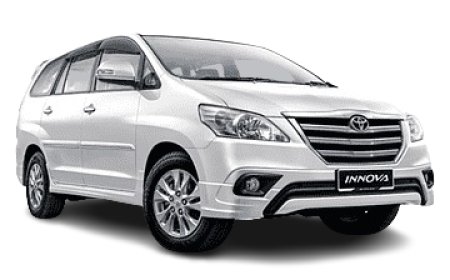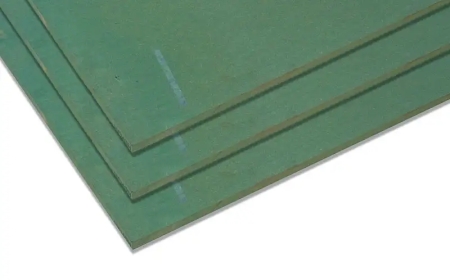How to Start a Career in Aerospace Robotics: Degrees & Certifications
Learn how to enter aerospace robotics with the right degrees, certifications, and skills. Clear guidance on career paths, courses, and industry steps.

How to Start a Career in Aerospace Robotics: Degree Paths and
Certifications
Introduction: Entering the World of Aerospace Robotics
Imagine designing intelligent drones, autonomous satellites, or robotic arms for space stations. Thats the world of aerospace robotics, where engineering skill meets innovation in flight. If you're fascinated by combining robotics and space, crafting a clear career path helps you succeed. This article explains the education, certification, and hands-on experiences youll need to build a strong foundation in aerospace robotics.
1. Choose the Right Degree Program
The first step is selecting a degree that balances mechanical, electrical, and aerospace engineering concepts with robotics.
Recommended degrees:
-
Aerospace Engineering Focus on flight dynamics, propulsion, and aircraft systems
-
Mechanical Engineering Emphasizes structures, dynamics, and thermodynamics
-
Electrical or Computer Engineering Covers control systems, circuitry, and robotics programming
-
Mechatronics or Robotics Engineering Integrates mechanical and electrical systems with smart control logic
How to pick:
-
Review university coursework
-
Choose a program with robotics or autonomous systems electives
-
Attend open houses or talk to faculty to understand research opportunities
2. Build a Strong Core with STEM Course
Once enrolled, focus on courses that build essential skills for aerospace robotics.
Key subjects:
-
Mathematics Calculus, differential equations, linear algebra
-
Physics Mechanics and electromagnetism
-
Programming Python, C++, ROS (Robot Operating System)
-
Control Systems Feedback, sensors, and automation logic
-
CAD & Simulation Tools SolidWorks, AutoCAD, MATLAB/Simulink
Strong performance in these courses is essential before specializing in robotics.
3. Gain Practical Experience Through Projects
Hands-on experience lets you apply theoretical skills to real problems. It also helps you collaborate and solve design challenges.
Ways to get experience:
-
University robotics club Compete in contests like RoboCup or UAV challenges
-
Senior design projects Build drones, robotic arms, or simulation systems
-
Research assistant roles Work on faculty-led aerospace or robotics projects
-
Internships Join aerospace or robotics firms to gain industry exposure
Employers look for candidates who can blend theory, coding, and mechanical systems to create functional robots.
4. Choose the Right Certifications
After gaining mechanical and programming skills, certifications validate your technical ability and industry knowledge.
Valuable certifications:
-
Certified Robotics Professional (CRP) Robotics integration and control
-
Python Institute or C++ Certified Associate Key for programming autonomy systems
-
NASA or FAA drone pilot certifications Useful for UAV-related work
-
Professional Engineer (PE) license Strongly recommended for major engineering roles
-
Project management (PMP) Ideal for those leading engineering teams
Certifications boost your rsum and show you meet industry standards.
5. Learn Aerospace-Specific Standards
Aerospace robotics must follow strict safety and quality rules. Familiarity with these standards gives you a competitive edge.
Important standards and processes:
-
FAA and international UAV regulations
-
NASA digital systems workflows
-
AS9100 quality management systems
-
DO-178C for software safety
-
MIL-SPEC for defense and aerospace products
Knowing these standards ensures compliance and raises trust with aerospace employers.
6. Develop Essential Soft Skills
Technical skills alone dont make a successful engineer in aerospace robotics. Employers seek professionals who can communicate, plan, and lead.
Useful qualities:
-
Problem-solving Analyze failure data and iterate robot designs
-
Team collaboration Work with software, mechanical, and systems engineers
-
Communication Write technical reports and deliver presentations
-
Project planning Manage timelines, budgets, and tasks
-
Continuous learning Stay up-to-date with new robotics and aerospace trends
Soft skills help you perform well during interviews and thrive in complex projects.
7. Find Entry-Level Roles and Internships
The final step toward a career is gaining paid experience in an aerospace or robotics environment.
Opportunities to explore:
-
Aerospace companies Firms like Lockheed Martin, Boeing, Blue Origin
-
Robotics startups Companies making drone or automation systems
-
Government labs and space agencies NASA, ESA, or university research centers
-
Defense contractors Organizations working on autonomous aircraft and defense systems
-
Systems integrators Firms specializing in robotic installations or simulation systems
Start with internships or junior engineer positions. Use your projects and certifications to stand out in applications.
8. Grow Through Networking and Professional Growth
Once in the field, build a network and seek ongoing development opportunities.
Ways to grow:
-
Professional organizations IEEE Robotics and Automation Society, AIAA, AIA
-
Conferences and expos Attend events like ICRA or AUVSI XPONENTIAL
-
Mentor relationships Connect with experienced engineers for advice
-
Online communities Participate in GitHub, Reddit, or robotics forums
-
Pursue masters or PhD programs For roles in research or advanced design
Networking helps you stay informed and opens up future career paths.
Conclusion: Launch Your Path in Aerospace and Robotics
Starting a career in aerospace robotics means combining education, practice, and credentials in a focused way. Select a strong STEM degree, build robotics projects, and earn meaningful certifications. Then, step into internships or entry-level roles that set the foundation for growth.
As your career matures, embrace continuous learning and take on professional roles that shape the future of autonomous flight and space robotics. The aerospace sector is advancing rapidly, and with the right background, you can help design robots that explore new frontiers and change the way we navigate our skies and beyond.
To deepen your skillset further, consider connecting with experts in aerospace manufacturing and design, where many robotics solutions come to life and evolve.





































